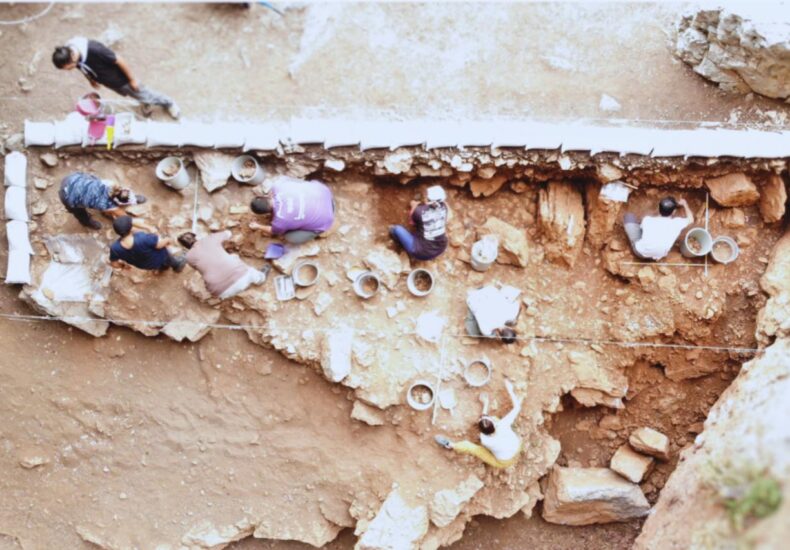
19,000-Year-Old Stone Figurines Unearthed in Türkiye’s Kızılin Cave Rewrite Prehistoric Art History
A groundbreaking archaeological discovery in southern Türkiye is reshaping our understanding of symbolic behavior and artistic expression in prehistoric Anatolia. Excavations at Kızılin Cave, located near Yağca in Antalya’s Döşemealtı district, have uncovered stone human figurines dating back nearly 19,000 years — the oldest known of their kind in the region.
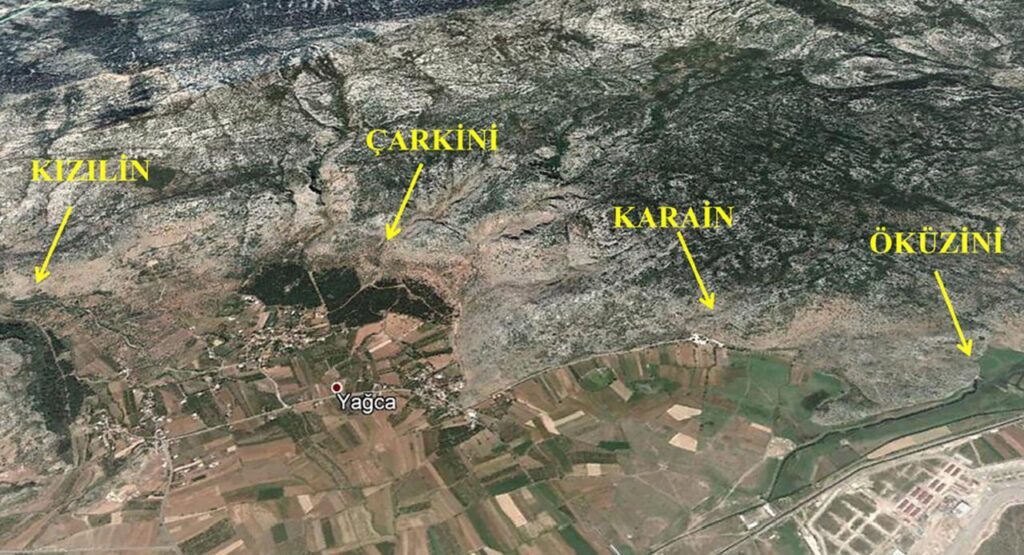
As reported by Koray Erdoğan, the find provides rare insight into how early humans in Anatolia may have engaged in symbolic and ritualized practices long before the Neolithic revolution.
Rare Glimpses of Symbolic Thought in the Upper Paleolithic
Two intricately carved sandstone figurines were discovered in the upper layers of the cave’s archaeological sequence. The first depicts a stylized human head with delicately incised eyes and decorative patterns resembling hair or a headdress. Although the body is broken and the gender undetermined, its features echo the style of Upper Paleolithic figurines found in parts of Europe, possibly indicating a female representation.
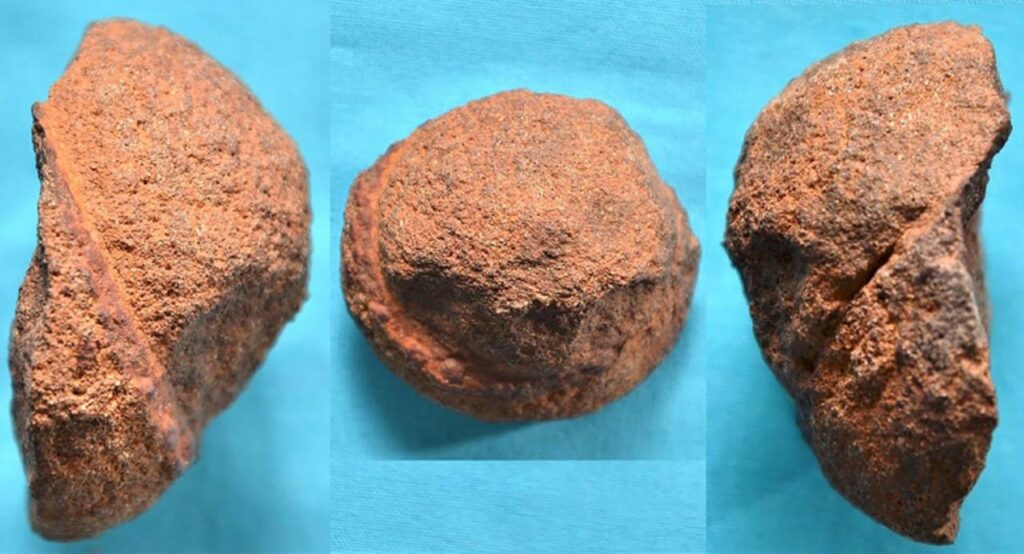
The second, even more unusual figurine, presents a pair of conjoined human figures, separated by a symmetrical groove. This twin-like depiction is considered the earliest known representation of conjoined figures in prehistoric Anatolia, predating similar Neolithic examples from Çatalhöyük and Hacılar by several millennia.
📣 Our WhatsApp channel is now LIVE! Stay up-to-date with the latest news and updates, just click here to follow us on WhatsApp and never miss a thing!!
Dating and Archaeological Context
Radiocarbon analysis (AMS) conducted on marine mollusk shells found in the same sediment layers — characterized by distinct red deposits (Strata IIa and IIb) — has established the occupation of Kızılin between 19,455 and 13,621 BCE. The figurines themselves date to approximately 13,782 BCE.
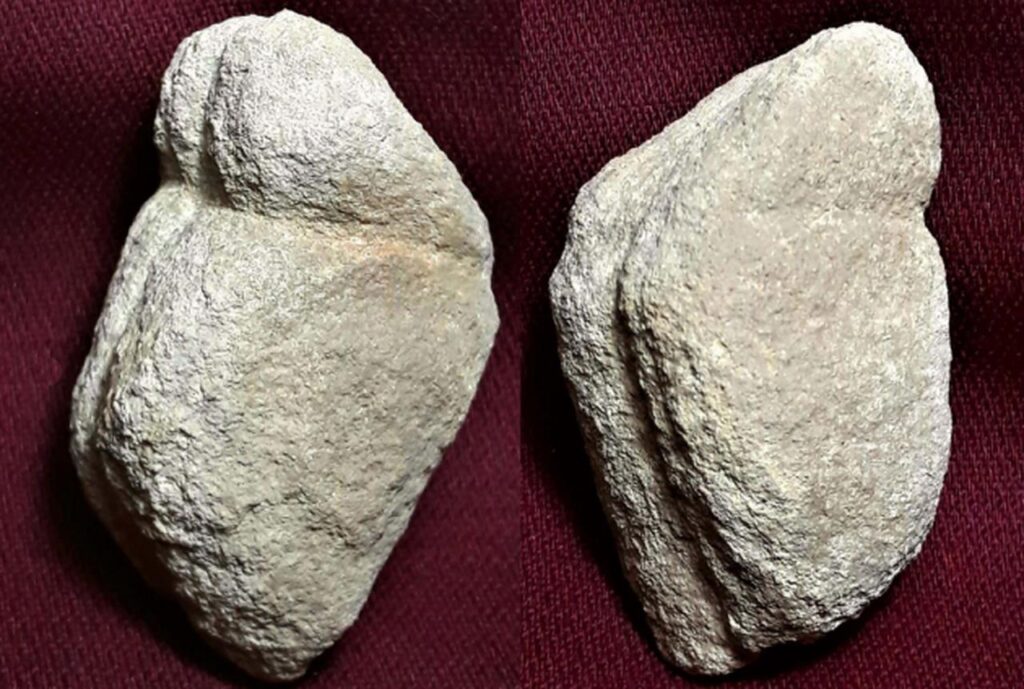
This timeline extends the known boundaries of symbolic expression in Anatolia and positions Kızılin as a crucial site for understanding cultural developments during the Late Glacial period.
Material Culture Beyond Art
In addition to the figurines, the site yielded a rich assemblage of chipped stone tools, geometric and non-geometric microliths, bone implements, and ornamental beads made from marine shells. The diversity and frequency of tool types — especially those made from locally sourced flint — suggest the presence of a functional workshop integrated into daily life.
Interestingly, the figurines seem to stand apart from the utilitarian artifacts due to their deliberate design and symbolic intricacy, indicating a separate, perhaps spiritual or social, function.
A Milestone in the Cultural History of Anatolia
According to Prof. Metin Kartal, the excavation director and a faculty member at Ankara University, these objects signify more than just isolated moments of artistic expression:
“These are not merely scattered artistic attempts, but tangible cultural expressions from a period when identity, belief, and representation were beginning to take form.”
His observation underscores the broader significance of the figurines — as markers of human cognitive evolution and symbolic consciousness.
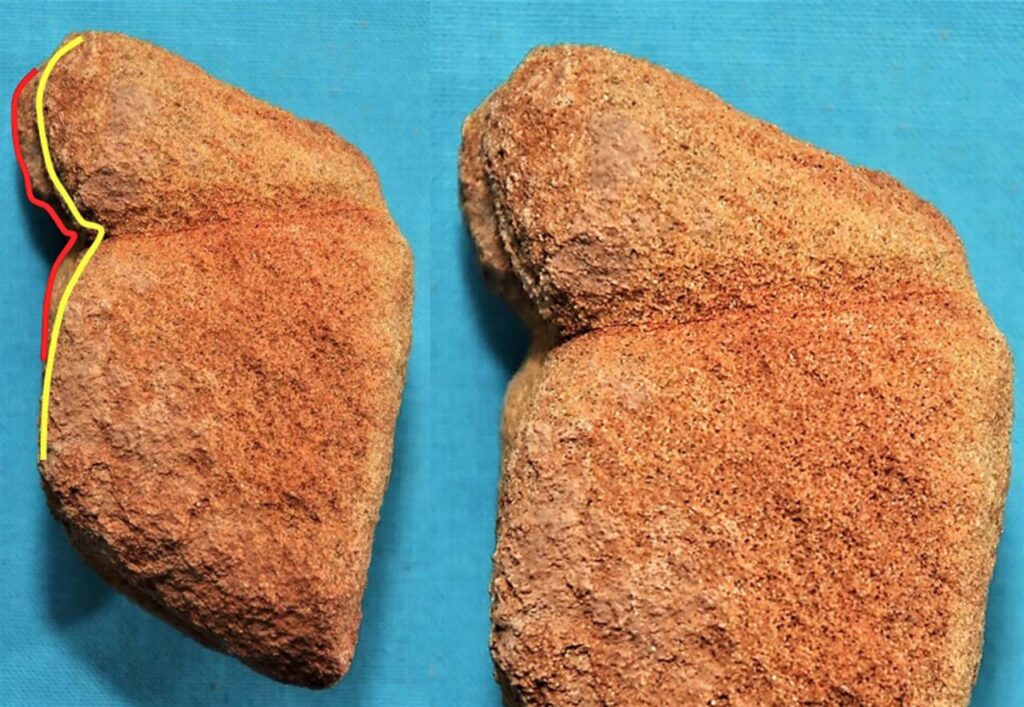
A Strategic Location Amid a Prehistoric Landscap
Kızılin Cave is located at the mouth of a narrow valley, surrounded by other known Paleolithic sites such as Karain-B, Öküzini, and Çarkini. However, none of these locations have yielded anthropomorphic figurines of this antiquity, making Kızılin unique in its symbolic contributions to the prehistoric record.
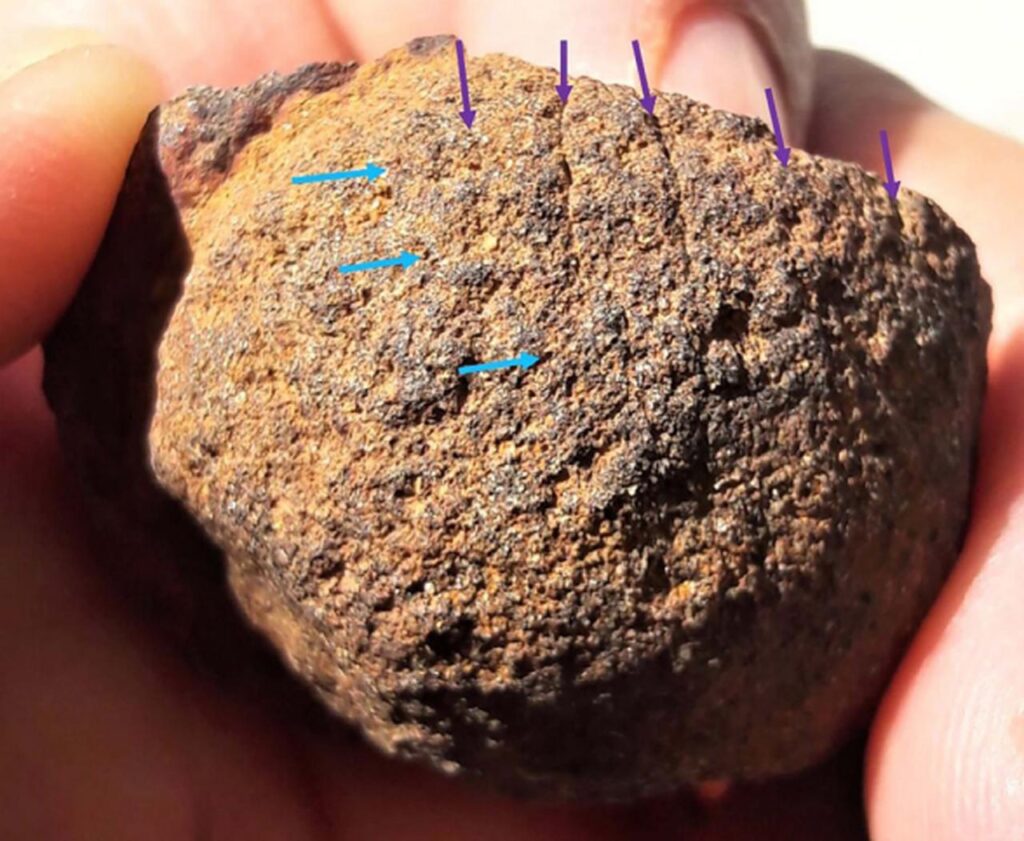
Carving Identity in Stone
The discovery of these 19,000-year-old figurines not only enriches the archaeological narrative of Anatolia but also invites broader reflection on how early humans constructed identity, belief systems, and symbolic language through visual art.
As global interest in the origins of symbolic behavior grows, Kızılin Cave may now take its place alongside Europe’s renowned Upper Paleolithic sites — not merely as a point of passage but as a creative and cognitive center in its own right.
You may also like
- A 1700-year-old statue of Pan unearthed during the excavations at Polyeuktos in İstanbul
- The granary was found in the ancient city of Sebaste, founded by the first Roman emperor Augustus
- Donalar Kale Kapı Rock Tomb or Donalar Rock Tomb
- Theater emerges as works continue in ancient city of Perinthos
- Urartian King Argishti’s bronze shield revealed the name of an unknown country
- The religious center of Lycia, the ancient city of Letoon
- Who were the Luwians?
- A new study brings a fresh perspective on the Anatolian origin of the Indo-European languages
- Perhaps the oldest thermal treatment center in the world, which has been in continuous use for 2000 years -Basilica Therma Roman Bath or King’s Daughter-
- The largest synagogue of the ancient world, located in the ancient city of Sardis, is being restored

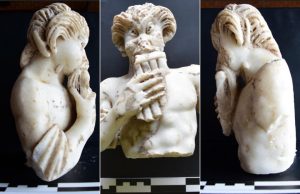
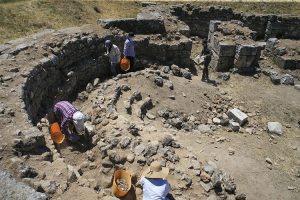
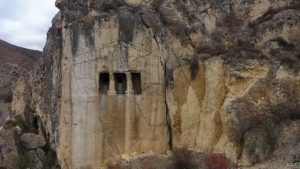
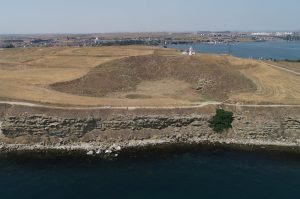
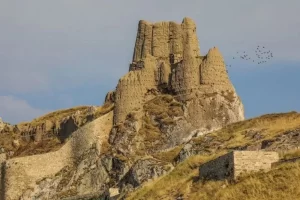
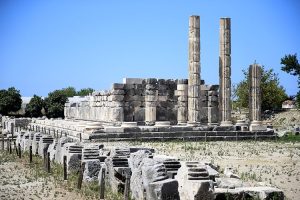


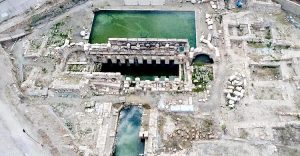
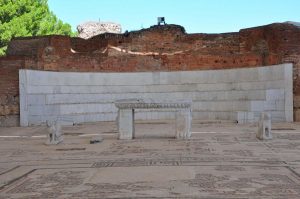
Leave a Reply